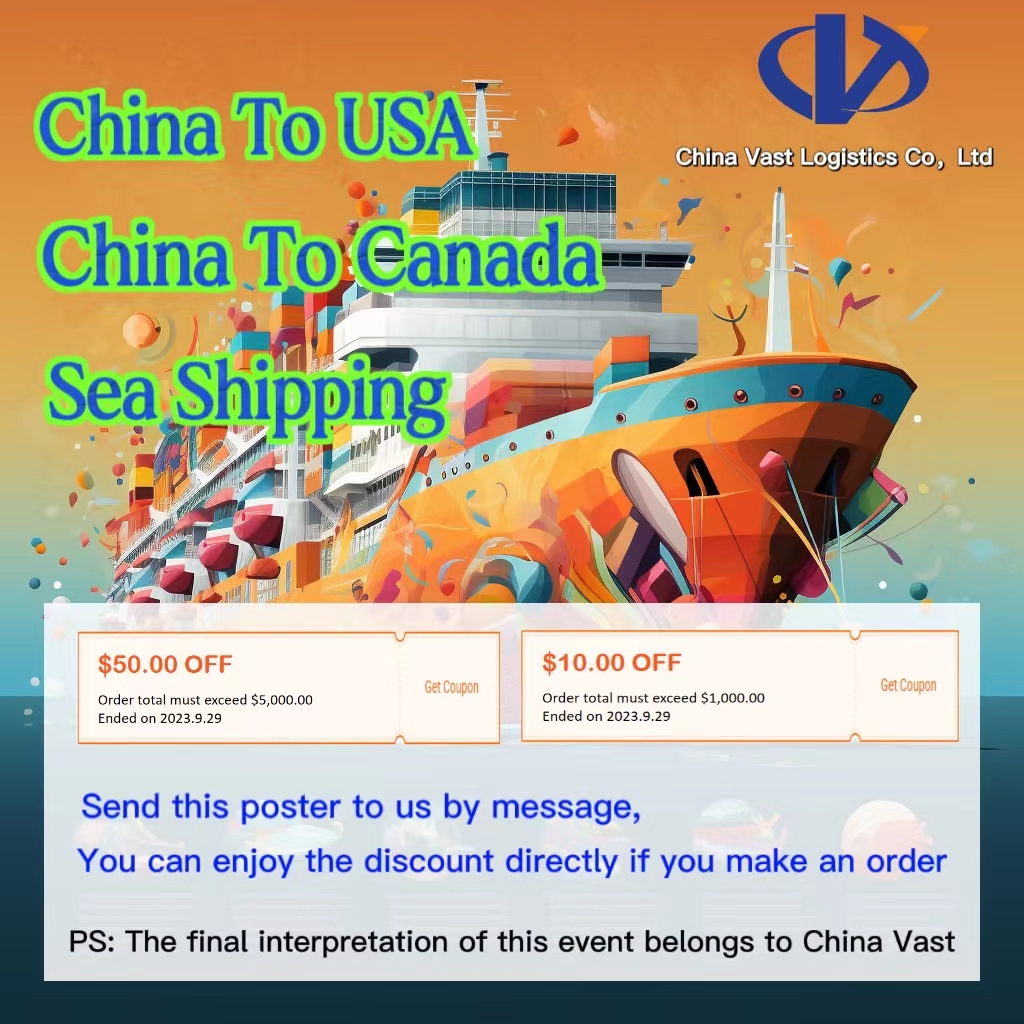Introduction:
As China’s international trade continues to expand, understanding the origins, development, and future of global trade routes, especially in the Western world, has become a significant topic of interest. Recently, the Suez Canal Authority announced that the canal’s revenue reached a record high of $8 billion in 2022. The Suez Canal, known as the “World’s Carotid Artery”, is not unfamiliar to most of us. But how exactly does it connect the “First World” and the “Second World”? Why does China place such great importance on this waterway? And what will you see if you get the chance to visit it?
Let’s embark on a journey to expand our horizons, build our knowledge system, and explore the past and present of the Suez Canal.
Transforming Maritime Routes and Changing History:
When you think of Egypt in the Middle East, the first images that may come to mind are the iconic Pyramids and the Sphinx. However, Egypt is also home to another world-renowned marvel – the Suez Canal, a man-made waterway that has become a source of national pride for Egyptians.
Located in northeastern Egypt, the Suez Canal stretches from Port Said on the Mediterranean Sea to the Port of Taufiq in the Gulf of Suez, spanning 195 kilometers (including the seaward channels at both ends). The canal has a width ranging from 300 to 350 meters and an average depth of 20 meters, accommodating fully loaded ships of up to 1.5 million tons and empty vessels of over 300,000 tons.
Since its inauguration in 1869, the Suez Canal has redefined global trade routes by directly connecting the Mediterranean Sea to the Indian Ocean, thereby altering the traditional maritime passage that once required vessels to navigate around the Cape of Good Hope.
An Economic Lifeline for Egypt and the World:
As one of the world’s most vital maritime corridors, the Suez Canal not only holds immense strategic importance but also serves as a major economic artery for Egypt. In 2022, it generated record revenues of $8 billion, underscoring its significance in global trade.
China, as the world’s largest trading nation, relies heavily on the Suez Canal. Approximately 60% of China’s trade with Europe passes through this waterway, accounting for over 10% of all vessels transiting the canal.
This has led to the development of Egypt’s “Suez Canal Corridor” initiative, aiming to revitalize the region’s industrial capabilities, in tandem with China’s Belt and Road Initiative, fostering deeper cooperation between China and Egypt.
A Visual Journey Along the Suez Canal:
The landscapes on either side of the Suez Canal are remarkably different.
- To the west, you’ll witness lush green fields, rows of date palms, and vibrant agricultural zones, while the eastern side presents a stark contrast – a barren, sandy expanse that stretches as far as the eye can see.
If you find yourself sailing along the Suez Canal, the blue waters might appear calm and still, almost as if they aren’t flowing at all. The serene surface is only occasionally disturbed by the passage of massive cargo ships, creating a striking visual of giant vessels moving silently against the backdrop of unbroken desert horizons.
Blessed with year-round sunshine and exceptional geographical access, the Suez Canal is not only a crucial trade artery but also a potential goldmine for Egypt’s tourism sector.

